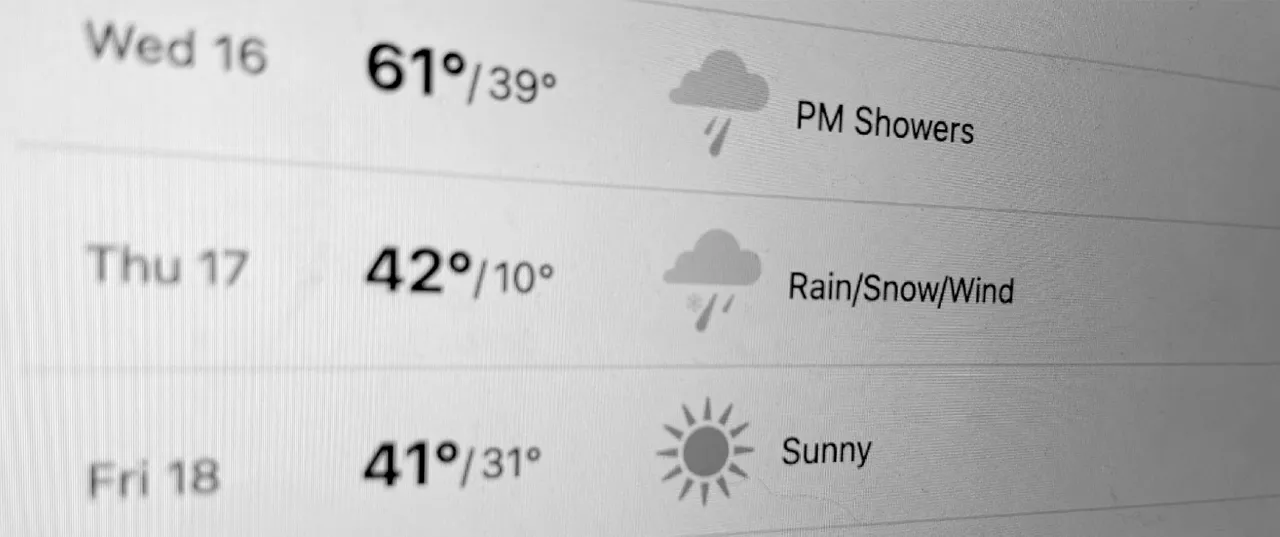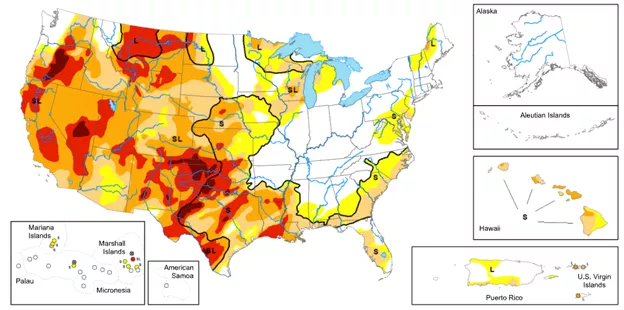Those of us in the weather science business estimate that our predictions are getting better by 1–2 days every ten years — so today’s 5-day forecast is about the same as a 3-day forecast 10 years ago. We’re able to more accurately forecast weather effects earlier and earlier. As accuracy and lead time increase, weather forecasts become more and more valuable.
And as touted on this World Meteorological Day, forecasts aren’t just about estimation and warning. They’re about earlier action. Action to mitigate disasters, but additionally action to plan farming operations, leading to reduced labor risk and more sustainable usage of farm investments (whether from planting seeds or application of crop protection due to the effects of weather).
I’ve been with Climate since the season we launched FieldView. In that time, I’ve not only seen the product evolve, but I’ve also been witness to how critical our weather capabilities are to helping farmers understand their operations.
Imagine how farmers will be able to leverage those predictive gains in forecasting power in the next few years: more precisely scheduled early-season planting; better estimates of anticipated rainfall to plan for potential irrigation; better understanding of likely pest and disease emergence; and better opportunities to invest in — and target application of — crop protection products. These are all potential game-changers for farmers.
For years I’ve had the pleasure of sharing my passion for atmospheric science with the colleagues and teams across Bayer in order to better understand how weather science can help advance our efforts across the company. I’m glad to have had some small part in spreading my passion through outreach and partnership.
Personally, I’m just beginning to embark on a new chapter, sharing the love even more broadly. I am pleased to begin my term as President-Elect of the American Meteorological Society (AMS) this year. My hope is to support the meteorological science community the same way I’ve partnered across Bayer teams: by bringing folks together to discuss the ways we can improve our science, and in doing so help improve lives across the world.
I am certainly fortunate to serve at this confluence of science and need — through the next few years of my term as president, I will help support thousands of atmospheric scientists around the country and beyond, help bring them together to share their knowledge, and help them advance the future of weather science.
As an atmospheric scientist, I’m excited to see which way the wind blows when it comes to future developments. For over seven years I have had the great privilege to work side-by-side with our talented weather science team members and the overall science team as they tackle big problems for global agriculture. With the kind of advanced techniques being leveraged in support of farming, I’m more sure than ever that farmers around the world have the wind at their backs.





